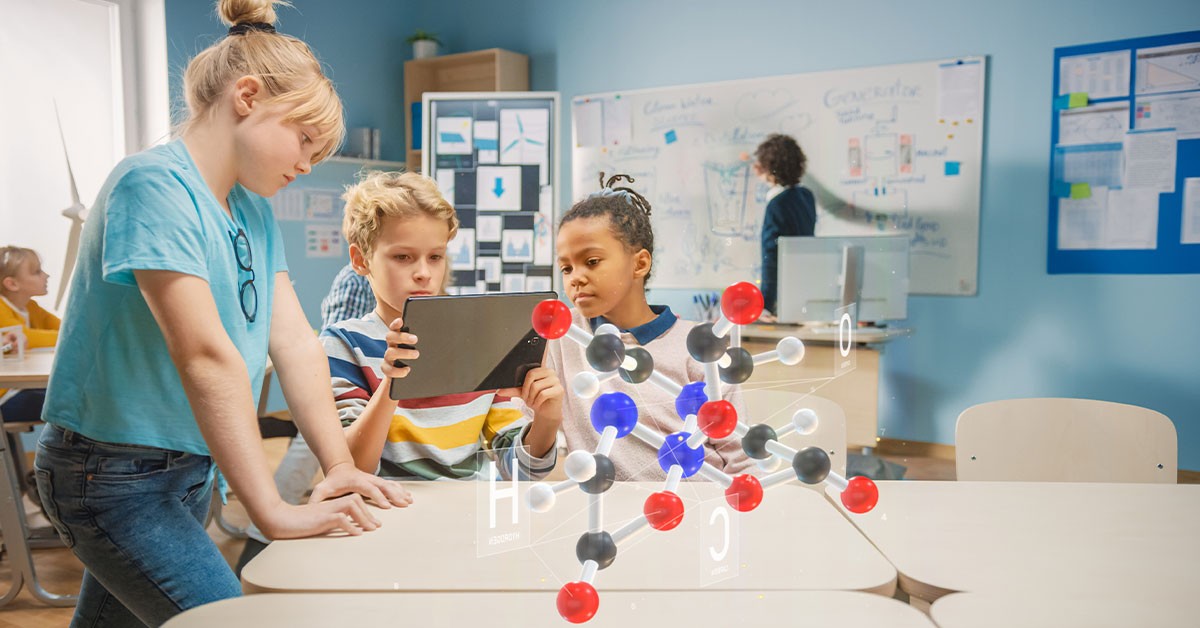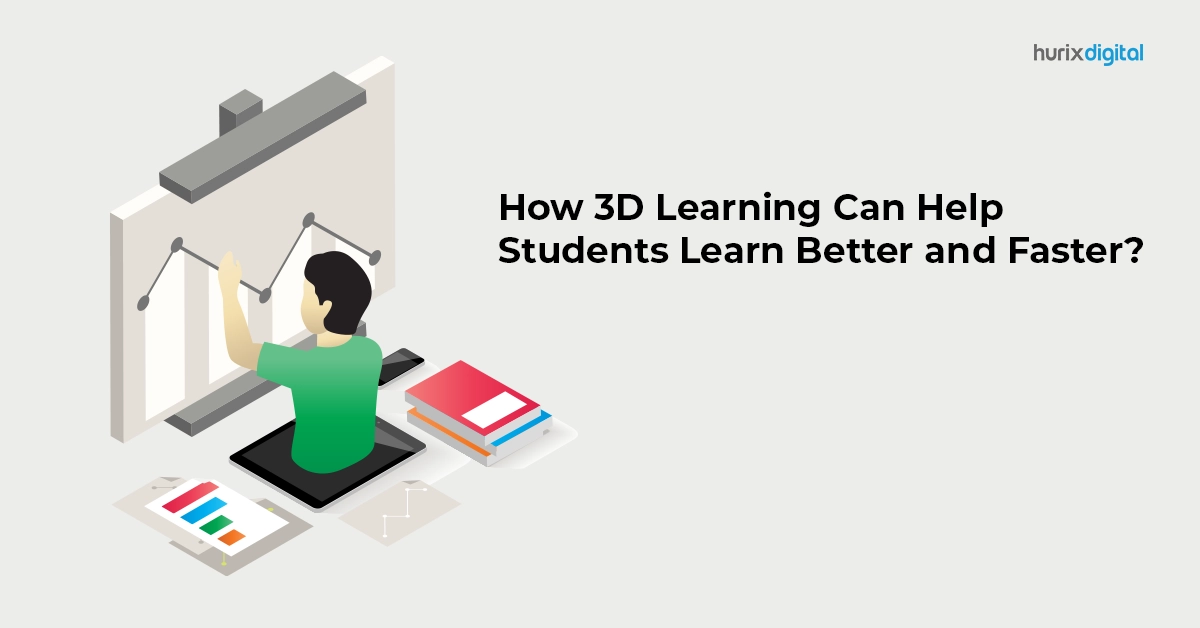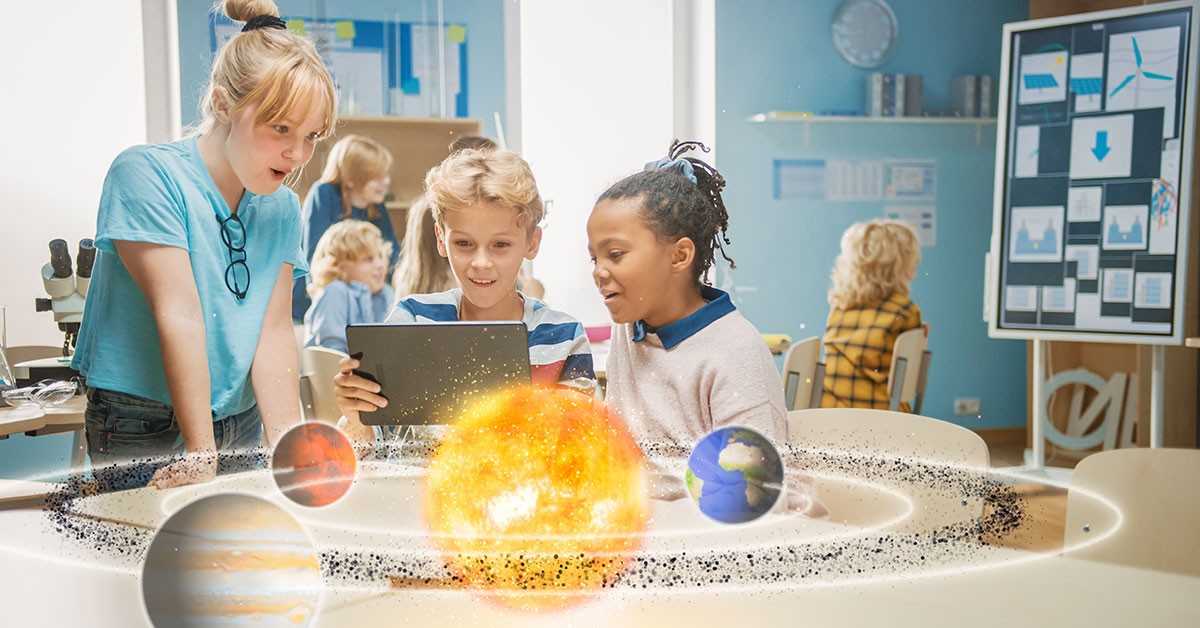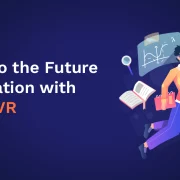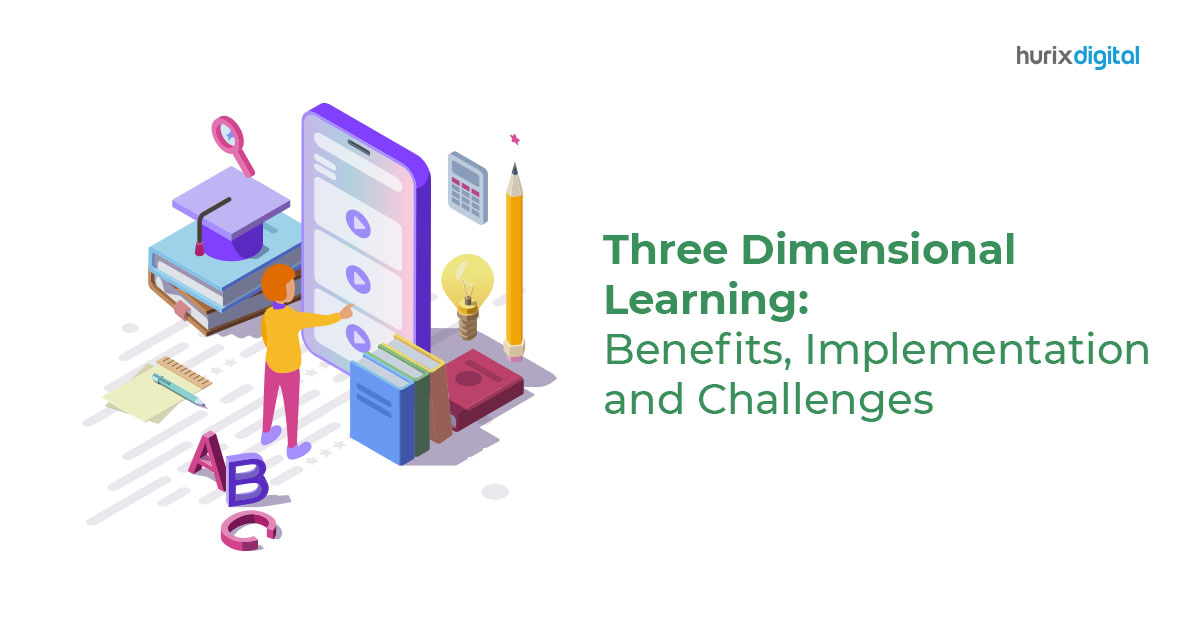
How to Implement 3D Learning in K12 the Right Way?
Summary
This article provides practical tips for successfully integrating 3D learning into K12 education, focusing on the benefits of interactive and immersive learning experiences in enhancing student engagement and understanding.
These days, technology is modifying the old learning system. One such innovation that has been gaining tremendous strength recently is 3D learning. 3D learning is an approach to education where three-dimensional models and simulations are used in a much more compelling manner.
According to a 2024 research analysis, students who were exposed to 3D learning showed a significant improvement in spatial reasoning and problem-solving abilities when compared to the traditional methods.
3D learning is also incorporating into learners immersion in virtual environments where the gap between theory and practical life is encountered. The article covers all concerns and issues related to 3D learning, and how it can be applied better in training organizations.
Three-dimensional or 3D learning is the buzzword of 2024. But what is this and how does it benefit the academicians and trainers? In this article, we enter the world of three-dimensional learning.
Table of Contents:
- What is 3D Learning?
- Key Features of 3D Learning in Education
- Three Types of 3D Learning
- Five Benefits of 3D Learning
- How to Implement Three-Dimensional Learning?
- Implementation Challenges
- Get Ready for the Education Revolution with Hurix Digital
What is 3D Learning?
Learning in three dimensions represents a new trend of using three-dimensional technology to create an immersive and interactive experience for students. Through three-dimensional models, simulations, and virtual reality, educators take abstract concepts and bring them into real life, thus making them more interesting and easier to understand.
Key Features of 3D Learning in Education
It is a cutting-edge learning process that uses the power of 3D science and technology as the means of enabling the future-prepared learner. Three-dimensional learning aims at making STEM courses more understandable, realistic, and practical. It is often most effective with K12 learners.
The introduction of these elements in the learning process ensures that students will significantly become more engaged and motivated, and will highly develop their critical thinking skills:
- 3D Models: The digital representations of real or imagined objects allow for inspection and understanding of various aspects of the objects.
- 3D Simulations: The 3D simulations create an interactive environment that will permit learners to experiment and find results through the study.
- Virtual Reality (VR): Using VR, learners immerse themselves into virtual worlds and see other ages, distant places, or microscopic enlargements.
Three Types of 3D Learning
3D learning encompasses a variety of technologies that enhance the learning experience. Augmented Reality (AR) overlays digital information onto the real world, allowing learners to interact with virtual objects in their physical environment.
Virtual Reality (VR) immerses users in entirely digital worlds, transporting them to different time periods, locations, or microscopic scales. Mixed Reality (MR) blends the physical and digital worlds, enabling learners to interact with virtual objects in real-world spaces. Each of these technologies offers unique opportunities to engage students and deepen their understanding of complex concepts.
1. Science and Engineering Practices (SEP)
When teaching science, a text-based, lecture-style method doesn’t help students actively engage with the concepts they’re learning about. Science and engineering practices focus on introducing students to the techniques and tools that scientists, researchers, doctors, and engineers use in their jobs in real life.
These techniques/tools could include modeling, hypothesis testing, simulations, evaluations, and scientific explanations.
By adopting these authentic practices, students are encouraged to develop the critical skills they will need as future science or engineering professionals.
2. Crosscutting Concepts (CCC)
The different disciplines in STEM don’t work in isolation. Cross-disciplinary concepts exist (for example, speed, weight, motion, etc., are important for math, biology, and engineering alike).
Crosscutting concepts introduce students to look at the world as an interconnected web, where relationships like energy-matter, cause-effect, scale-proportion-quantity, stability-change, structure-function, etc., play an integral role in the world.
The concepts they learn in one STEM subject will be translated into other STEM subjects to help them think from the lens of interconnectedness across disciplines.
3. Disciplinary Core Ideas (DCI)
DCIs refer to theoretical content knowledge.
In three-dimensional learning, learners are introduced to important concepts in various subjects, such as earth sciences, life sciences, space sciences, physical sciences, and engineering & technology.
DCIs not only support SEPs and CCCs but also allow students to be introduced to concepts that cannot be practically implemented in the classroom.
Also Read: How to Implement 3D Learning in K12 the Right Way?
Five Benefits of 3D Learning
3D learning offers a series of benefits for educators and learners alike. By providing immersive and interactive experiences, 3D technology can significantly enhance student engagement, motivation, and academic performance.
It can also improve students’ problem-solving skills, critical thinking abilities, and creativity. Additionally, 3D learning can help students retain information more effectively and develop a deeper understanding of complex concepts.
1. Makes 3D Science Learning Accessible to All Types of Learners
Every student has a different learning style. The great feature of three-dimensional learning is that it supports all three learning styles – visual, auditory, and kinesthetic. This can greatly improve learner understanding, classroom engagement, and knowledge retention rates.
Additionally, testing and evaluation can be personalized to suit students’ strengths while working on their weaknesses.
2. Creates Employability Skills
Together, SEP, CCC, and DCI give learners a holistic education that moves beyond rote learning and focuses on developing employability skills. Using the same techniques, methods, and tools used by real engineers, researchers, and other STEM professionals, learners can get exposure to authentic job experiences.
This will allow them to hone necessary physical or intellectual skills, which will prepare them for the future job market.
3. Fosters Communication, Collaboration, and Teamwork
STEM, as an industry, thrives on teamwork. The mindset and personality needed to be a good team player can be developed in K12 students through 3D learning.
As part of three-dimensional classes, students will need to work in teams to complete puzzles, build models, and answer questions/hypotheses. They will need to be great communicators, willing to work through interpersonal issues and combine their strengths to find a solution.
4. Allows Students to Engage with The Most Current Technology and Research
Gone are the days of outdated textbooks. With 3D learning, students become privy to current research and cutting-edge technology.
Students can now use e-learning platforms to access content that otherwise they may not be able to, from interviews with experts to virtual prototypes to live technology demonstrations. They critically engage with concepts/disciplines that interest them and learn where they can make a real-world impact after schooling.
5. Makes Learning Fun
At its core, three-dimensional learning is a very engaging method of sharing knowledge with students of all ages. STEM concepts can be dry and boring for many students.
Many brilliant minds may be discouraged from pursuing STEM because of how it is taught. Three-dimensional learning offers teachers, trainers, and content creators very engaging and enjoyable ways of creating a learning environment.
How to Implement Three-Dimensional Learning?
Implementing three-dimensional learning doesn’t need to be confusing or difficult. Here is how you can incorporate three-dimensional learning into your school curriculum and pedagogy.
1. Use the NGSS Performance Expectations as Your Guide
The Next Generation Science Standards (NGSS) has released a set of guidelines for SEPs, CCCs, and DCIs.
Academicians only need to follow these guidelines when creating lesson plans and setting up learning spaces for their students.
2. Include a Mix of Specimens and Simulations in Your 3D Teaching
Objects or live specimens are one cornerstone of three-dimensional learning, while simulated STEM activities are another. Reducing dependency on conventional text/lecture-based learning is necessary.
Museums and galleries often allow schools to procure specimens temporarily. Software like Hurix allows you to create lively and realistic simulations through its AR/VR capabilities. Together, these can create a wonderful blended learning experience.
3. Allow Active Brainstorming and Questioning by Students
The idea behind three-dimensional learning is to help students critically engage with STEM concepts. Rather than showing the way, academicians can allow students to control the direction in which learning occurs.
Through trial and error, they can learn concepts such as cause-effect, stability-change, etc., and learn how to use science/engineering technology to address the problems they encounter during class.
4. Be Flexible About How You Bring the Three Dimensions of 3D Learning to Students
While three-dimensional learning is most effective when its three dimensions are integrated, sometimes, this approach may not work for certain concepts. When necessary, consider splitting the SEPs, CCCs, and DCIs into multiple separate classes and help students through the material.
Flexibility is the core element that makes three-dimensional reading successful.
Also Read: How 3D Learning Can Help Students Learn Better and Faster?
Implementation Challenges
When implementing three-dimensional learning, academicians may face the following challenges.
- School’s resistance to adopting new-age learning pedagogy.
- Socio-cultural, economic, and demographic challenges that make adoption difficult.
- No training for academicians to implement three-dimensional learning.
- Limited finances to acquire 3D learning materials.
- Restricted or no access to relevant software/platform.
Get Ready for the Education Revolution with Hurix Digital
Technology like AI, AR, and VR is getting more powerful than ever. Coupled with mobile phone accessibility, students today have access to a greater gamut of technology at their fingertips.
From live-streamed videos to gamified lessons, students can now bring their STEM subjects to life right in the comfort of their homes.
Additionally, they can learn from experts in the field from around the world and implement new-age research/techniques in their lessons. This can create a future-ready population that is smart, creative, and technology-empowered.
At Hurix Digital, our state-of-the-art content authoring and distribution platform has supported the three-dimensional learning needs of K12 institutions globally. With Hurix, you can do the following:
- Get access to intuitive and affordable three-dimensional learning tools for K12 learning.
- Create powerful, memorable, multi-format STEM content that engages learners visually, auditorily, and kinaesthetically.
- Organize lessons based on grades, disciplines, and concepts.
- Provide realistic and immersive STEM experiences through robust AR/VR simulations.
- Enable remote learning through desktop, tablet, and mobile optimization of content.
- Administer a variety of assessments to suit diverse learning styles.
- Analyse learner performance through detailed analytics and adjust learning methodologies and outcomes accordingly.
- Provide certifications to students upon module completion.
We implement the highest data security standards in content encryption, identity-verification-based access, and download disabling.
To know about our powerful DRM and IPR features, and how they can protect your proprietary three-dimensional learning content, talk to our experts today!

Senior Vice President
A Business Development professional with >20 years of experience with strong capability to sell new solutions and develop new markets from scratch. New Market Entry Specialist with experience of working in two of the largest emerging markets – China & India. Also covered other key markets in APAC, US, EU & ME. Exceptional experience of conceptualizing, ideating and selling new learning technologies like VR AR, etc. across multiple industry verticals.
